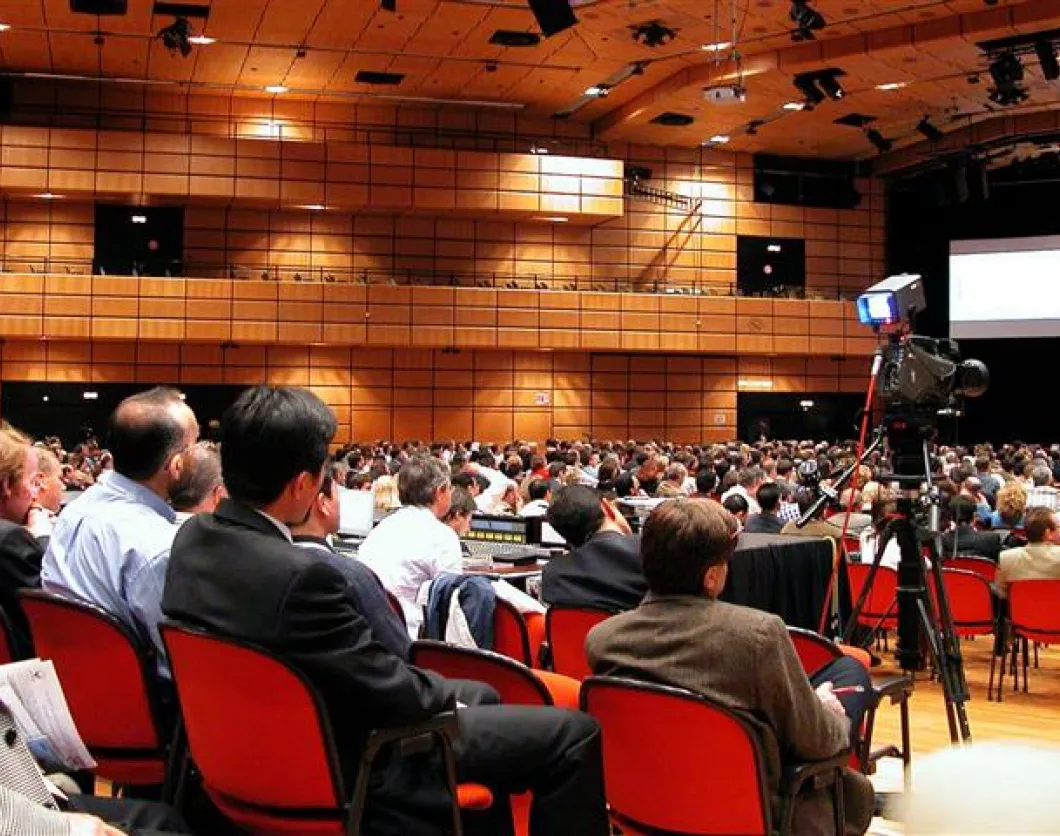In summer, Riviera Maya played host to a large number of MICE industry leaders, but not only. At the World Meetings Forum that took place in the Mexican resort, Martha Sheridan presented and discussed the latest statistics and insights into the MICE sector trends. A CEO but also president of Providence Warwick Convention and Visitors Bureau and board member of DMAI, Martha shed some light on the matter while backed up by research.
Numbers of Meetings Didn't Drop as Drastically as Rumored
Starting in 2009, a certain decrease became obvious, both because of newer technology that allowed for alternatives and companies having to issue cutbacks. However, statistics prove that the drop in frequency was a temporary hiccup. Although it took a while, the attendance for exhibitions has managed to return to the figures registered in 2007, before the recession began.
The Middle East, Asia and Latin America have registered the most impressive growth, with 5.5 and 5.2 percent every year (in regards to association meetings). On a global scale, there are twice as many participants now than they were in the mid 90's.
Meetings Help the Economy
Martha Sheridan went on to discuss the importance of these meetings for the communities that host them. Even if she stated that planners might not be able to always see the big picture and take full advantage of such events, she did mention the fact that any such convention favors the spending of money.
Besides the business tourism angle, conventions are often used to promote investments and thus, create jobs for the community. A vast majority of executives from the U.S. also declared that these meetings bring useful insights.
Meetings Have Become More Interactive
Sheridan made a point about the recent nature of communication in regards to the MICE sector, underlining the fact that information does not follow a one way track anymore. Many of those that simply attended in the past have now turned into active participants.
Interaction is greatly helped by the latest technological developments, by social media and specific apps that offer both the buyers and the sellers an easy to use platform.
A Broader Focus on ROI
Return on investment has long been analyzed from a rigid point of view in regard to events. Not anymore. The change has been triggered by planners with the help of participant feedback, the latter being a continuous factor in how the MICE sector handles ROI.
Whether we are talking about fund raisers or simply about exotic or unusual destinations, conventions now come in many shapes. These changes improve the attendees' experience, help with recreation and facilitate networking.
Choices Are Made with Costs in Mind
Overall, rates are still lower than the ones registered before the economic crisis. Hotels, convention centers and the rest of such destinations are still offering great incentives to both planners and attendees. Any venue that does not follow the same recipe is not able to compete with the rest anymore, according to Sheridan.
CEIR data shows that, even if the numbers of participants have returned to pre-recession levels, the revenue hasn't. Same data reveals that revenue per participant is now at an average of USD 163, coming down from USD 190 in 2007.
Compliance Became an Important Issue
A survey conducted by American Express shows that corporate approvals have become much more difficult to obtain in recent years. Although a global problem, Latin America and Europe seem to be the most affected by the new red tape. When it comes to conferences, roughly half of the participants acknowledge these restraints.
The Events Themselves Expand
With the help of forums, social media and other tools, participants are engaged in the process before the actual convention and remain so long after the physical meeting is done. The virtual medium is cost effective but the changes haven't affected the real meetings, since participants also enjoy interacting live.
DMOs Are Behind MICE Expansion
Both the DMC and DMO support is considered crucial for planners, especially in regards to growing markets. Acquiring the most information beforehand is also beneficial for the attendees, in the end, improving their experience. Working with local companies can also increase the rates of success.
Events Focus on Regional Markets
Within an always-changing context, planners must constantly adapt to newer demands. Currently, that entails a focus on regional markets while tackling more specific subjects. A regional approach also proves to be cost and time effective.











